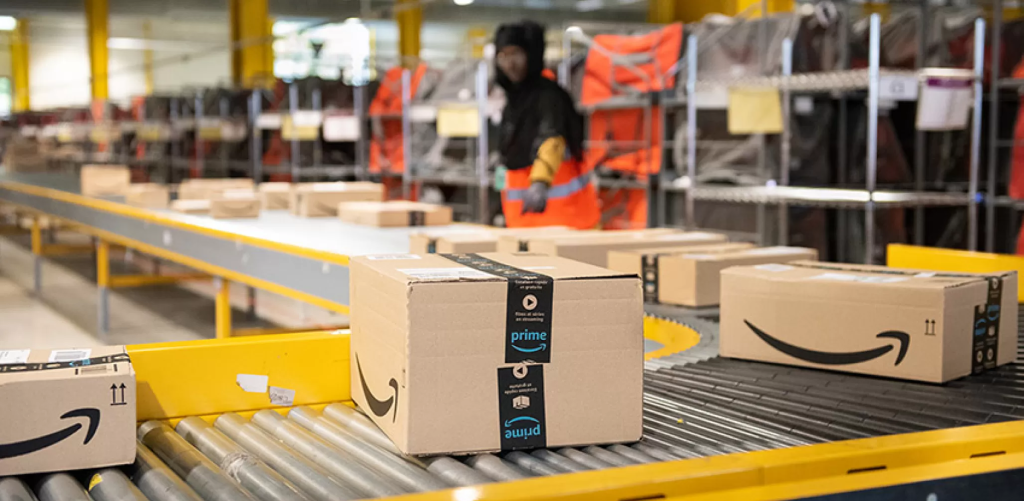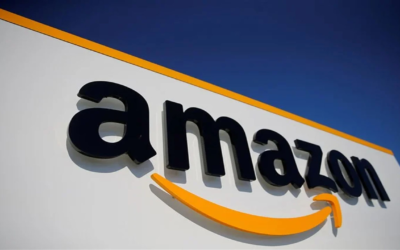Amazon FBA (Fulfillment by Amazon) is a service provided by Amazon that allows sellers to store their products in Amazon’s warehouses. Amazon then handles the order fulfillment process, including picking, packing, and shipping the products to customers on behalf of the seller. This service has revolutionized the way online businesses operate, allowing sellers to focus on growing their businesses while Amazon handles the logistics.

How does Amazon FBA work?
- Sellers send their products to Amazon’s fulfillment centers.
- Amazon stores the products in their warehouses and lists them for sale on their website.
- Customers place orders for the products.
- Amazon picks, packs, and ships the products to customers on behalf of the seller.
- Amazon handles customer service and returns for FBA orders.
Advantages of using Amazon FBA
- Prime eligibility: Products fulfilled by Amazon are eligible for Prime, which can significantly increase sales.
- Increased customer trust: Customers trust Amazon and are more likely to purchase products fulfilled by them.
- Reduced workload: Amazon handles the logistics, allowing sellers to focus on growing their businesses.
- Cost-effective: Amazon’s rates are competitive, and sellers can save money by not having to manage their own warehouses and staff.
- Global reach: Amazon has a vast customer base, making it easier for sellers to reach a broader audience.
Disadvantages of using Amazon FBA
- Fees: Amazon charges fees for their FBA service, which can eat into a seller’s profits.
- Limited control: Amazon handles the logistics, so sellers have limited control over the order fulfillment process.
- Competition: With so many sellers using Amazon FBA, competition can be fierce.
- Product restrictions: Some products are restricted or prohibited from being sold on Amazon FBA.
- Storage limitations: Amazon has limited storage space, so sellers must manage their inventory carefully.
How to get started with Amazon FBA
- Create an Amazon seller account.
- Choose the products you want to sell and prepare them for shipment to Amazon’s fulfillment centers.
- Create FBA listings for your products on Amazon’s website.
- Send your products to Amazon’s fulfillment centers.
- Monitor your sales and manage your inventory using Amazon’s seller tools.
Choosing the right product for Amazon FBA
- Research popular and profitable product categories.
- Look for products with high demand and low competition.
- Consider the size and weight of the product, as well as its storage requirements.
- Choose products that are easy to ship and handle.
- Consider the profitability of the product, taking into account Amazon’s fees and other expenses.
How to source products for Amazon FBA
- Consider sourcing products from manufacturers or wholesalers.
- Attend trade shows and conferences to find new products.
- Look for products on online marketplaces like Alibaba or ThomasNet.
- Consider private labeling products to create a unique brand.
- Test products before committing to a large order.
Creating a profitable pricing strategy for Amazon FBA
- Research competitor pricing and adjust your prices accordingly.
- Consider your profit margins when setting prices.
- Experiment with different pricing strategies, such as bundle pricing or volume discounts.
- Monitor your sales and adjust prices based on demand.
- Use Amazon’s advertising tools to drive sales and increase visibility.
How to optimize your Amazon FBA listings for search
- Conduct keyword research and include relevant keywords in your product listings.
- Optimize your product titles and descriptions for search engines.
- Use high-quality product images to showcase your products.
- Encourage customer reviews to improve your product rankings.
- Use Amazon’s advertising tools to increase visibility
Best practices for managing your Amazon FBA business
- Monitor your inventory levels and replenish stock as needed.
- Respond to customer inquiries and reviews promptly to maintain a positive reputation.
- Use Amazon’s performance metrics to track your business’s success.
- Continuously optimize your listings and pricing strategy to maximize sales.
- Stay up-to-date on Amazon’s policies and guidelines to avoid account suspension or penalties.
Conclusion
In conclusion, Amazon FBA is a game-changer for online businesses, allowing sellers to focus on growing their businesses while Amazon handles the logistics. While there are some disadvantages, the advantages of using Amazon FBA outweigh the drawbacks. By following best practices for managing an Amazon FBA business, sellers can achieve success and grow their sales on Amazon.
FAQs
- Can anyone use Amazon FBA? Yes, anyone with an Amazon seller account can use Amazon FBA.
- How much does Amazon FBA cost? Amazon FBA fees vary based on the size and weight of the product, as well as other factors. You can use Amazon’s FBA revenue calculator to estimate fees for your products.
- Can I use Amazon FBA for international sales? Yes, Amazon FBA is available in many countries around the world.
- How long does it take for Amazon to fulfill orders? Amazon typically fulfills orders within 1-2 days of receiving them.
- Can I use Amazon FBA for any type of product? No, some products are restricted or prohibited from being sold on Amazon FBA. You should check Amazon’s guidelines before listing your products for sale.





0 Comments